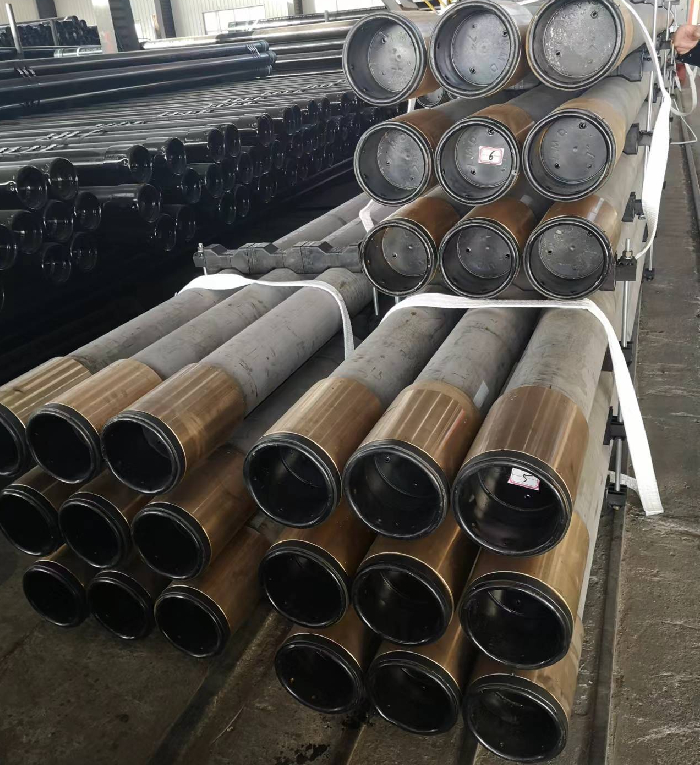- Afrikaans
- Albanian
- Amharic
- Arabic
- Armenian
- Azerbaijani
- Basque
- Belarusian
- Bengali
- Bosnian
- Bulgarian
- Catalan
- Cebuano
- Corsican
- Croatian
- Czech
- Danish
- Dutch
- English
- Esperanto
- Estonian
- Finnish
- French
- Frisian
- Galician
- Georgian
- German
- Greek
- Gujarati
- Haitian Creole
- hausa
- hawaiian
- Hebrew
- Hindi
- Miao
- Hungarian
- Icelandic
- igbo
- Indonesian
- irish
- Italian
- Japanese
- Javanese
- Kannada
- kazakh
- Khmer
- Rwandese
- Korean
- Kurdish
- Kyrgyz
- Lao
- Latin
- Latvian
- Lithuanian
- Luxembourgish
- Macedonian
- Malgashi
- Malay
- Malayalam
- Maltese
- Maori
- Marathi
- Mongolian
- Myanmar
- Nepali
- Norwegian
- Norwegian
- Occitan
- Pashto
- Persian
- Polish
- Portuguese
- Punjabi
- Romanian
- Russian
- Samoan
- Scottish Gaelic
- Serbian
- Sesotho
- Shona
- Sindhi
- Sinhala
- Slovak
- Slovenian
- Somali
- Spanish
- Sundanese
- Swahili
- Swedish
- Tagalog
- Tajik
- Tamil
- Tatar
- Telugu
- Thai
- Turkish
- Turkmen
- Ukrainian
- Urdu
- Uighur
- Uzbek
- Vietnamese
- Welsh
- Bantu
- Yiddish
- Yoruba
- Zulu
Exploring the Fascinating World of Pasing Pup Joints and Their Unique Functions
Understanding the Mechanics of Passing Pup Joints in Pipe Systems
Passing pup joints are a crucial component in various piping systems used in industries such as oil and gas, water distribution, and chemical engineering. These specialized pipe sections act as adapters that allow for the smooth transition between different pipe sizes or as a means to adjust the elevation of a pipeline. Understanding how pup joints work and their significance in pipe systems is essential for engineers and technicians who design, maintain, and operate these systems.
Understanding the Mechanics of Passing Pup Joints in Pipe Systems
One of the most notable applications of passing pup joints is in oil and gas drilling operations. During drilling, circumstances may arise that require a quick adjustment in the drilling apparatus. Pup joints allow drilling teams to maintain efficient operations by easily modifying the length of the drill string, thereby optimizing the drilling process according to the conditions encountered underground. This adaptability is crucial in reaching the target depth while maximizing safety and performance.
pasing pup joints

Moreover, the manufacturing process of pup joints is designed to uphold high standards of quality and safety. Typically, they are made from strong materials such as carbon steel, stainless steel, or other alloys that can withstand high pressures and corrosive environments. The ends of pup joints are usually threaded, allowing them to seamlessly connect to other pipe sections. It's essential for these joints to conform to various industry standards, such as those set by the American Petroleum Institute (API) or American National Standards Institute (ANSI), to ensure they meet the rigorous demands of the environments in which they operate.
Installation and maintenance of pup joints also require careful attention. Technicians must ensure that the joints are properly aligned and sealed to prevent leaks. Over-tightening can lead to damage, while under-tightening may result in joint failure. Regular inspections should also be conducted to verify the integrity of the pup joints, particularly in high-pressure applications. Any signs of wear or corrosion should be addressed promptly to avoid costly failures or accidents.
In addition to their practical benefits, pup joints contribute to the cost-effectiveness of pipeline systems. By providing the necessary flexibility and adaptability, they help optimize resource utilization. Instead of redesigning entire systems or buying custom-length pipes, companies can simply incorporate pup joints into their existing infrastructures, saving time and money in the process.
In conclusion, passing pup joints play a vital role in the functionality and efficiency of various piping systems across multiple industries. Their ability to facilitate adjustments in pipe configuration makes them indispensable in applications ranging from drilling operations to water treatment facilities. As technology and materials continue to advance, the design and durability of pup joints are expected to improve, further enhancing their performance and reliability in complex piping systems. Understanding the mechanics and best practices surrounding pup joints ensures that engineers and operators can maintain the highest levels of safety and efficiency in their projects.
-
Tubing Pup Joints: Essential Components for Oil and Gas OperationsNewsJul.10,2025
-
Pup Joints: Essential Components for Reliable Drilling OperationsNewsJul.10,2025
-
Pipe Couplings: Connecting Your World EfficientlyNewsJul.10,2025
-
Mastering Oilfield Operations with Quality Tubing and CasingNewsJul.10,2025
-
High-Quality Casing Couplings for Every NeedNewsJul.10,2025
-
Boost Your Drilling Efficiency with Premium Crossover Tools & Seating NipplesNewsJul.10,2025







